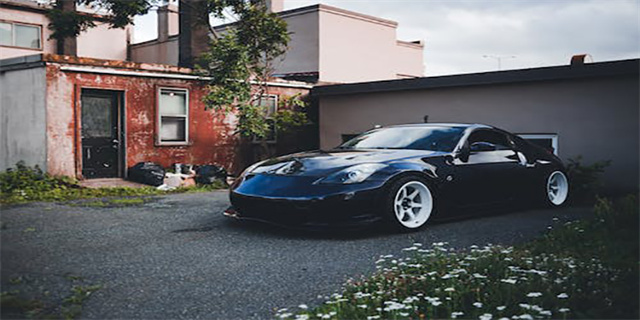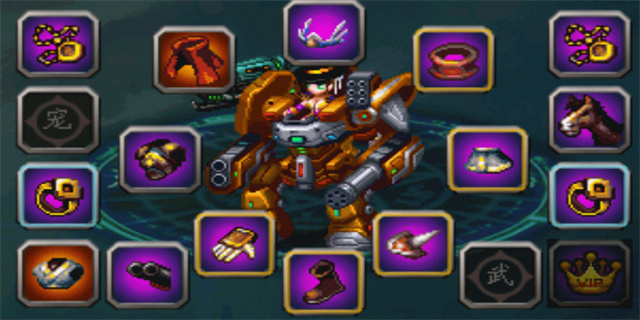Monster Girl: A Fascinating Fictional World
Introduction
Monsters have always been a part of human folklore. From ancient mythologies to modern-day folklore, tales of supernatural creatures have captivated our imaginations. In recent years, a subgenre of fantasy literature and art known as \"monster girl\" has gained significant popularity. These fictional characters, which combine human and monster-like characteristics, have become a subject of fascination and fascination for many. In this article, we will delve into the world of monster girls, exploring their origins, characteristics, and the reasons behind their appeal.

The Origins of Monster Girls
The concept of monster girls can be traced back to various mythologies and folklores. In ancient Greek mythology, creatures such as sirens and harpies possessed the features of both humans and birds. In Japanese folklore, creatures like the kitsune (a fox spirit) and the yuki-onna (a snow woman) were depicted as possessing both human and supernatural characteristics.

The modern concept of monster girls, however, can be attributed to the development of manga and anime in Japan. In the 1980s, artist Kenkou Cross popularized the idea of monster girls by creating the iconic characters of the \"Monster Girl Encyclopedia.\" This encyclopedia introduced a variety of monster girl species, each with its own unique characteristics and lore. The popularity of monster girls quickly spread and became a prominent theme in manga, anime, video games, and even cosplay.
The Appeal of Monster Girls
One of the main reasons for the appeal of monster girls is the blending of familiar and unfamiliar traits. Many monster girls possess features that are similar to humans, such as a humanoid form, but also exhibit fantastical elements like wings, tails, or scales. This combination creates a captivating contrast that sparks the imagination and adds an element of excitement to the storytelling. The merging of two seemingly contrasting worlds allows us to explore themes of acceptance, diversity, and the beauty in embracing our differences.
Additionally, monster girls often represent different personas or archetypes that intrigue and resonate with readers. Some may be portrayed as fierce warriors, while others may embody innocence and vulnerability. These diverse characterizations provide a wide range of experiences and emotions that readers can relate to or find appealing. The complexity of their personalities allows for intricate storytelling and character development, making monster girls both fascinating and relatable.
Controversies and Criticisms
While monster girls have gained a significant following, they are not without controversy and criticisms. Some argue that the sexualization of monster girls perpetuates objectification and unrealistic beauty standards. Critics claim that the emphasis on physical attributes detracts from their potential as well-rounded characters and reinforces shallow stereotypes.
Furthermore, the concept of relating to non-human characters romantically raises ethical and moral questions. The line between fantasy and reality becomes blurred, leading to discussions about consent, bestiality, and the objectification of fictional beings. These concerns highlight the need for responsible and mindful storytelling when depicting relationships between humans and non-human entities.
Conclusion
Monster girls have undoubtedly carved a niche for themselves in the world of fantasy literature and art. With their intriguing blend of human and supernatural characteristics, these fictional characters have captured the hearts and imaginations of many. However, it is essential to approach the concept of monster girls critically and responsibly. By focusing on character development, meaningful storytelling, and promoting diversity, we can appreciate and enjoy the fascinating world of monster girls while respecting the ethical and moral boundaries that come with their representation.
















